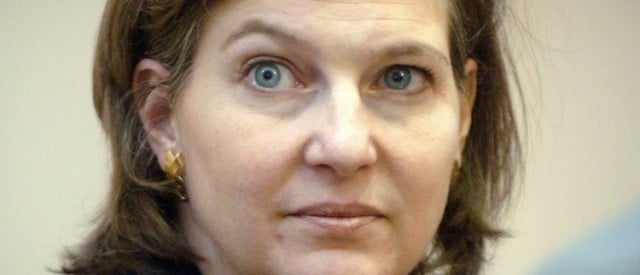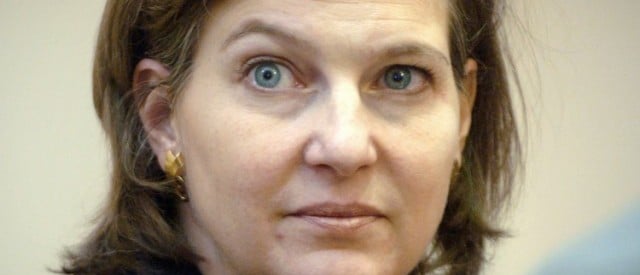Yesterday at the State Department five officials resigned or retired. Another one today.
The media has gone near-insane, claiming State is crumbling in protest under the Trump administration. This is not true. What happened at State is very routine.
Leaving the Department are head of the Management Bureau Pat Kennedy, Assistant Secretary of State for Administration Joyce Anne Barr, Assistant Secretary of State for Consular Affairs Michele Bond, Ambassador Gentry O. Smith, director of the Office of Foreign Missions, arms control official Tom Countryman, and Victoria Nuland.
Here’s the story:
— No one at the State Dept resigned in protest.
— No one was formally fired.
— Six people were transferred from or retired from political appointee positions. Technically those who did not retire can be considered to have “resigned,” but that is a routine HR/personnel term used, not some political statement. The six are career Foreign Service career personnel (FSOs) They previously left their FSO job to be appointed into political jobs and now have resigned those (or retired out of the State Department) to return to career FSO jobs. A circle. They are required to submit a letter of resignation as a matter of routine when a new president takes office.
— As for perspective: only one Under Secretary of State (Alan Larson) stayed through the transition from Bill Clinton to George W. Bush. It is routine for senior officials to leave or be reassigned.
— Several of the six are connected to the Clinton emails and/or Clinton’s handling of Benghazi. One of these people, Pat Kennedy, played a significant role in both, as well as many other controversial issues during Clinton’s term. Sources tell me that although officially Kennedy “retired,” he was more or less required to do so by the Trump administration.
— I have no information on the others, whether they were asked to retire, or just part of a reshuffling of positions and will routinely be reassigned. Most likely the latter, as such reshuffling is very common as administrations change. As everywhere in the government, the new administration fills its own political appointee slots.
— Some of the six will hit mandatory retirement age on January 31 anyway.
— Reports that these people represent “senior management” at State confuse terms. Because of the odd way State is organized, four of the six work in the Management Bureau, M in State talk. Kennedy was the head of the Bureau. The four play varying roles and collectively are not the senior management of the State Department. Two work in other parts of the Department (Countryman and Nuland) and are more directly tied to policies likely to change under the new administration.
— All six persons come from offices with a deep bench. It is highly unlikely that any of the work of the State Department will be impeded by any of these changes. Every office has a second, third, fourth, etc., person in charge who will step up pending formal replacements to be nominated and confirmed. This is all part of the standard transition process.
— As an example, I worked in the Bureau of Consular Affairs for most of my 24 years at State, including working with/for Michele Bond, one of the resignees. I personally know the people in the next rank below her, and all have equal experience and tenure as Bond. There will be no gap in experience or knowledge as some press reports have fretted. There will be no “void.” A slightly more dire, but responsible take, here.
— There will very likely be more, similar, “resignations” and reshuffling at State. New political appointees will bring in their own staff, for example. But unless and until an employee holds a press conference to announce s/he is resigning out of protest, the media should take care to calm down, verify facts, and report accurately.
— The Washington Post stated these changes were part of an “ongoing mass exodus of senior Foreign Service officers who don’t want to stick around for the Trump era.” I am not aware of any other noteworthy departures (two lesser officials left earlier this month in circumstances not clearly connected to Trump) and as stated above, the six did not resign in protest. Regardless, eight people in any context do not constitute a mass exodus.
— The Post article is, in my opinion, grossly alarming. It reflects a reporter apparently unfamiliar with transitions at State.
Reprinted with permission from WeMeantWell.com.


